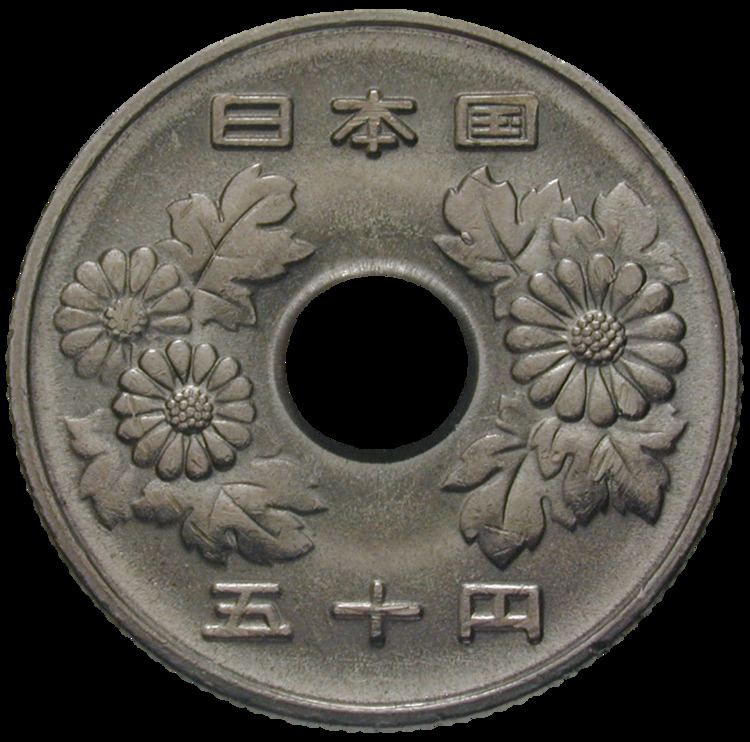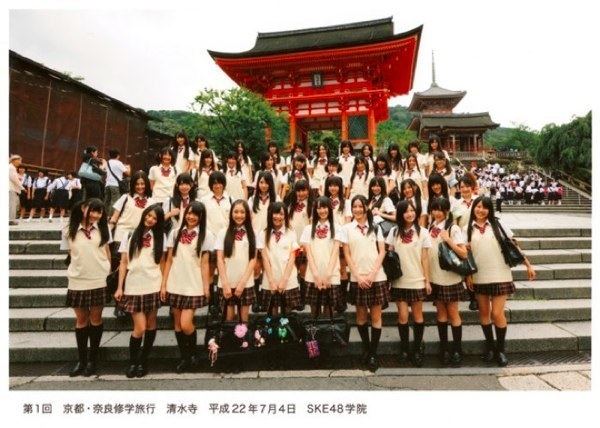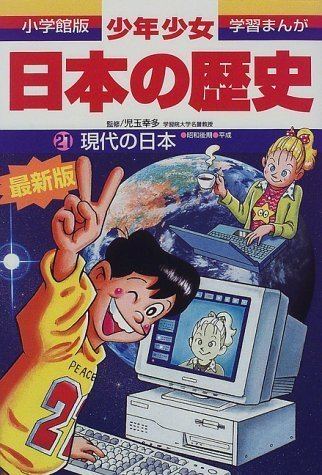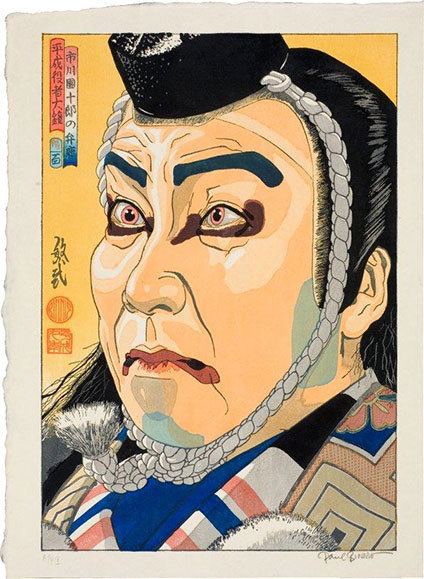Start date January 8, 1989 | ||
The heisei era garden 6
Heisei (平成) is the current era in Japan. The Heisei era started on 8 January 1989, the day after the death of the Emperor Hirohito. His son, the 125th Emperor Akihito, acceded to the throne. In accordance with Japanese customs, Hirohito was posthumously renamed the 124th "Emperor Shōwa" on 31 January 1989.
Contents

Thus, 1989 corresponds to Shōwa 64 until 7 January and Heisei 1 (平成元年, Heisei gannen, gannen means "first year") since 8 January. To convert a Gregorian calendar year (after 1989) to Heisei, 1988 needs to be subtracted (e.g. 2017−1988 = Heisei 29).
Godzilla heisei era
History and meaning

On 7 January 1989, at 07:55 JST, the Grand Steward of Japan's Imperial Household Agency, Shōichi Fujimori, announced Emperor Hirohito's death, and revealed details about his cancer for the first time. Shortly after the death of the Emperor, Keizō Obuchi, then Chief Cabinet Secretary and later Prime Minister of Japan, announced the end of the Shōwa era, and heralded the new era name "Heisei" for the new incoming Emperor, and explained its meaning.

According to Obuchi, the name "Heisei" was taken from two Chinese history and philosophy books, namely Records of the Grand Historian (史記 Shiki) and the Classic of History (書経 Shokyō). In the Shiki, the sentence "内平外成" (nèi píng wài chéng; Kanbun: 内平かに外成る Uchi tairaka ni soto naru) appears in a section honoring the wise rule of the legendary Chinese Emperor Shun. In the Shokyō, the sentence "地平天成" (dì píng tiān chéng; Kanbun: 地平かに天成る Chi tairaka ni ten naru) appears. By combining both meanings, Heisei is intended to mean "peace everywhere". The Heisei era went into effect immediately upon the day after Emperor Akihito's succession to the throne on 7 January 1989.

In 2016, NHK reported that the Emperor wished to abdicate in a few years, which would effectively end the Heisei period.
Events

1989 marked the culmination of one of the most rapid economic growth spurts in Japanese history. With a strong yen and a favorable exchange rate with the US dollar, the Bank of Japan kept interest rates low, sparking an investment boom that drove Tokyo property values up 60 percent within that year. Shortly before New Year's Day, the Nikkei 225 reached its record high of 39,000. By 1991, it had fallen to 15,000, signifying the end of Japan's famed "bubble economy". Subsequently, Japan experienced the "Lost Decade", which actually consisted of more than ten years of price deflation and largely stagnant GDP as Japan's banks struggled to resolve their bad debts and companies in other sectors struggled to restructure.
The Recruit scandal of 1988 had already eroded public confidence in the Liberal Democratic Party (LDP), which had controlled the Japanese government for 38 years. In 1993, the LDP was ousted by a coalition led by Morihiro Hosokawa. However, the coalition collapsed as parties had gathered only to overthrow LDP, and lacked a unified position on almost every social issue. The LDP returned to the government in 1994, when it helped to elect Japan Socialist (later Social Democrat) Tomiichi Murayama as prime minister.
In 1995, there was a large 6.8 earthquake in Kobe, Hyōgo and sarin gas terrorist attacks were carried out on the Tokyo Metro by the doomsday cult Aum Shinrikyo. Failure of the Japanese government to react to these events promptly led to the formation of non-government organisations which have been playing an increasingly important role in Japanese politics since.
During this period, Japan reemerged as a military power. In 1991, Japan pledged billions of U.S. dollars for the Gulf War, but constitutional arguments prevented a participation in actual war, leading Iran to criticise Japan for just pledging money and did not appreciate the way Japan co-operated in the Gulf War. Howerer, after the war, Japanese Minesweepers were sent as a part of the reconstruction effort. Following the Iraq War, in 2003, Prime Minister Junichirō Koizumi's Cabinet approved a plan to send about 1,000 soldiers of the Japan Self-Defense Forces to help in Iraq's reconstruction, the biggest overseas troop deployment since World War II without the sanction of the UN.
On 23 October 2004, the Heisei 16 Niigata Prefecture Earthquakes rocked the Hokuriku region, killing 52 and injuring hundreds (see 2004 Chūetsu earthquake).
After an election defeat, Prime Minister Shinzō Abe resigned suddenly, and in Autumn 2007 Yasuo Fukuda became Prime Minister. Fukuda in turn resigned on September 2008 citing political failings, and Taro Aso was selected by his party.
In August 2009, for the first time, the Democratic Party of Japan (DPJ) won 308 seats in the lower house election, which ended 50 years of political domination by the LDP. As a result of the election, Taro Aso resigned as leader of the LDP, and Yukio Hatoyama, president of DPJ became Prime Minister on 16 September 2009. However, DPJ soon became mired in party financing scandals, particularly involving aides close to Ichirō Ozawa. Naoto Kan was chosen by the DPJ as the next Prime Minister, but he soon lost a working majority in the House of Councillors election, and the 2010 Senkaku boat collision incident caused increased tension between Japan and China. The 2009–2010 Toyota vehicle recalls also took place during this time.
In 2011, a sumo tournament was cancelled for the first time in 65 years over a match fixing scandal.
On 11 March 2011, Japan suffered the strongest recorded earthquake in its history, affecting places in the northeast of Honshū, including the Tokyo area. The quake's magnitude of 9.0 approached that of the severe 2004 megathrust earthquake. A tsunami with waves of up to 10 meters (32.5 feet) flooded inland areas several kilometers from shore, causing a large number of considerable fires. The epicenter of the quake lay so close to coastal villages and towns that thousands could not flee in time, despite a tsunami warning system. At the Fukushima Daiichi Nuclear Power Plant and three other nuclear power plants, there occurred serious problems with the cooling systems, ultimately leading to the most serious case of radioactive contamination since the Chernobyl disaster (see Fukushima Daiichi nuclear disaster), as well as ongoing electric power shortages. Following the earthquake, for the first time, the Emperor addressed the nation in a pre-recorded television broadcast.
In August 2011, Kan resigned, and Yoshihiko Noda became Prime Minister. Later that year Olympus Corporation admitted major accounting irregularities. (See Tobashi scheme.) Noda pushed for Japan to consider joining the Trans-Pacific Strategic Economic Partnership, but was defeated in an election in 2012, being replaced by Shinzō Abe.
Abe sought to end deflation, but Japan entered recession again in 2014 largely due to a rise in sales tax to 8%. Abe called an election in December, and promised to delay further sales tax hikes to 2018. He won the election.
In September 2015, after much controversy and debate, the National Diet gave final approval to legislation expanding the Japanese military's role overseas.
